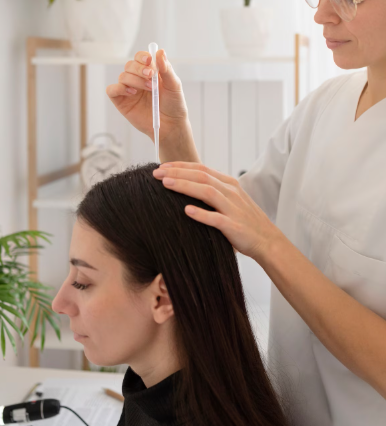For many women considering breast augmentation—whether moms looking to restore breast volume after pregnancy or future mothers planning surgery—a crucial concern is whether breast implants will affect their ability to breastfeed. Understanding how implants may impact breastfeeding helps you make an informed decision and prepare for motherhood confidently.
🤱 Will Breast Implants Affect Breastfeeding?
The short answer: Most women with breast implants can breastfeed successfully. However, there are factors that can influence breastfeeding outcomes, depending on the surgical technique and individual anatomy.
🔍 Factors That Influence Breastfeeding After Augmentation
1. Incision Location
The surgical approach plays a significant role in preserving breastfeeding ability:
- Inframammary incision (under the breast fold): Least likely to affect milk ducts or nerves. This approach generally has the highest success rate for breastfeeding post-surgery.
- Periareolar incision (around the nipple): May disrupt milk ducts and nerves responsible for nipple sensation and milk production, potentially increasing breastfeeding difficulties.
- Transaxillary incision (underarm): Typically avoids breast tissue and milk ducts, posing minimal risk to breastfeeding.
2. Implant Placement
- Submuscular placement (under the chest muscle): Less interference with breast tissue and milk ducts; usually better for breastfeeding.
- Subglandular placement (above the muscle, under breast tissue): Closer to milk-producing glands and ducts, may carry a slightly higher risk of affecting milk flow.
3. Surgical Technique and Surgeon’s Experience
- Expert surgeons take care to minimize disruption to milk ducts and nerves during augmentation.
- Preservation of the nipple’s nerve supply is important for milk let-down reflex.
📊 Breastfeeding Success Rates
- Studies report breastfeeding success rates for women with implants ranging from 60% to 90%.
- Many women experience no difficulties and can breastfeed just as effectively as those without implants.
- Some women may notice a reduced milk supply or difficulty with latching, often related to incision type or individual factors.
⚠️ Potential Challenges
- Reduced milk supply: Possible if milk ducts or glandular tissue are damaged.
- Nipple sensation changes: Altered sensation can affect the let-down reflex.
- Engorgement or mastitis risk: Similar to all breastfeeding mothers, implants do not inherently increase these risks.
- Psychological factors: Concerns about breastfeeding success can affect confidence, but support and education help overcome these.
✅ Tips for Breastfeeding Success After Augmentation
- Choose your surgeon carefully: Discuss breastfeeding goals before surgery to tailor techniques that preserve milk ducts and nerves.
- Consider incision and implant placement options that support breastfeeding.
- Consult a lactation consultant: Specialized guidance can help address any breastfeeding challenges.
- Monitor milk supply: Early and frequent breastfeeding or pumping encourages milk production.
- Stay patient and persistent: Many women successfully breastfeed after implants with time and support.
👶 Breastfeeding and Future Mothers Considering Implants
- Breast augmentation does not prevent you from becoming pregnant or breastfeeding in the future.
- If you plan to breastfeed later, share this with your plastic surgeon during your consultation.
- Timing surgery after completing breastfeeding is sometimes recommended to optimize breast tissue health and implant positioning.
💬 Final Thoughts
While breast implants can pose some challenges to breastfeeding, most women with breast augmentation can breastfeed safely and successfully. Proper surgical planning, incision choice, and professional breastfeeding support are key to overcoming potential hurdles.
If breastfeeding is important to you, be open with your surgeon and lactation specialists to create a plan that prioritizes your motherhood goals while achieving your aesthetic desires.




